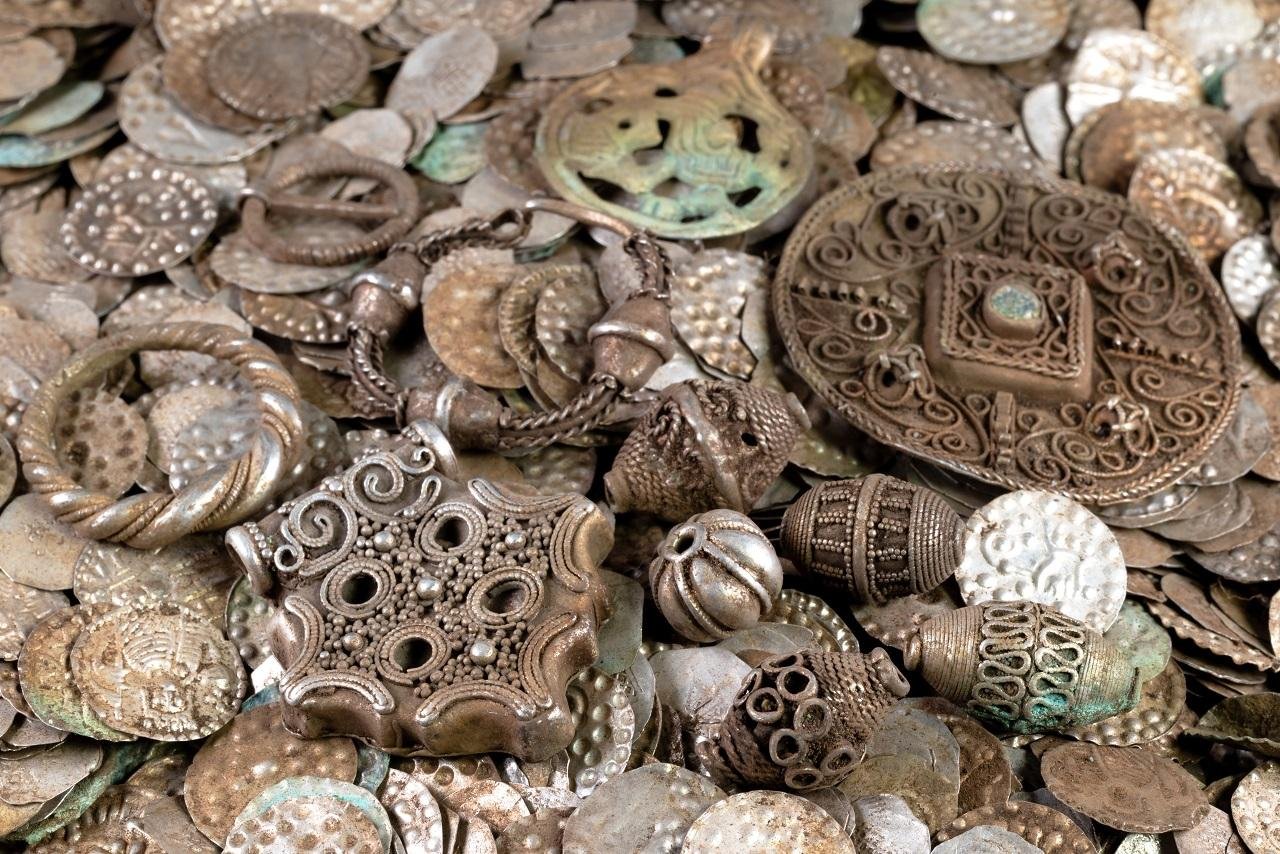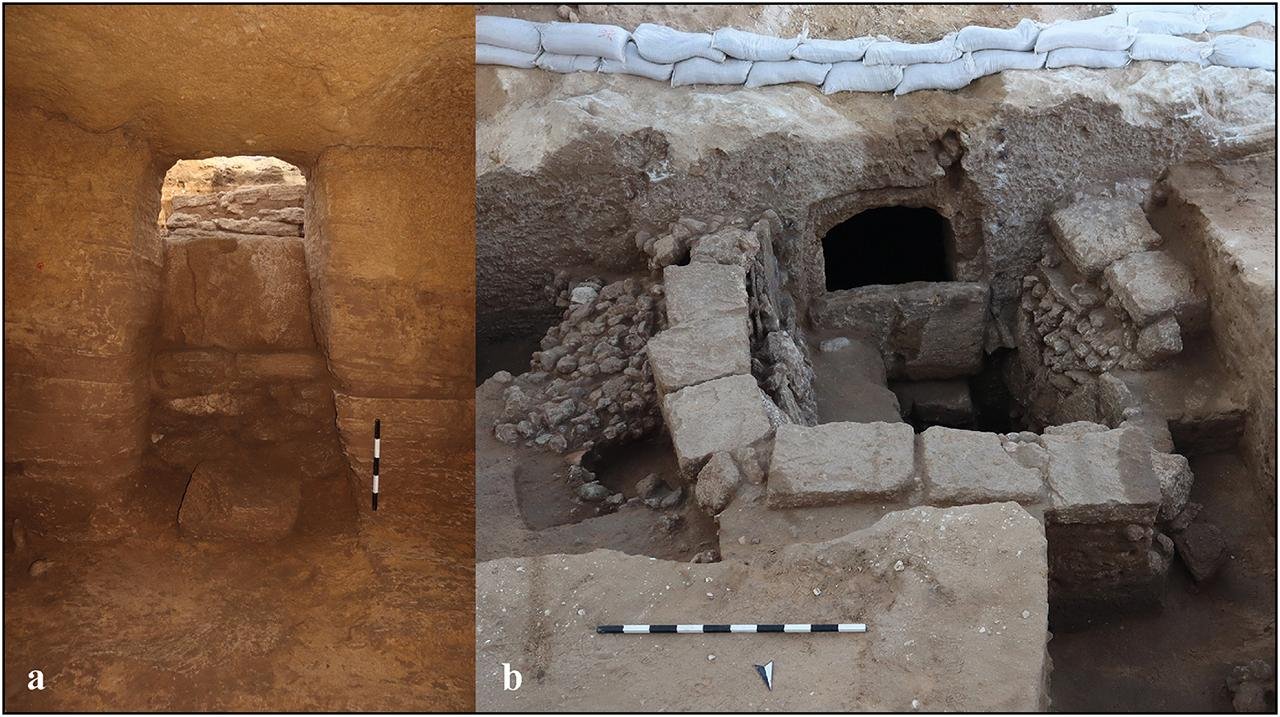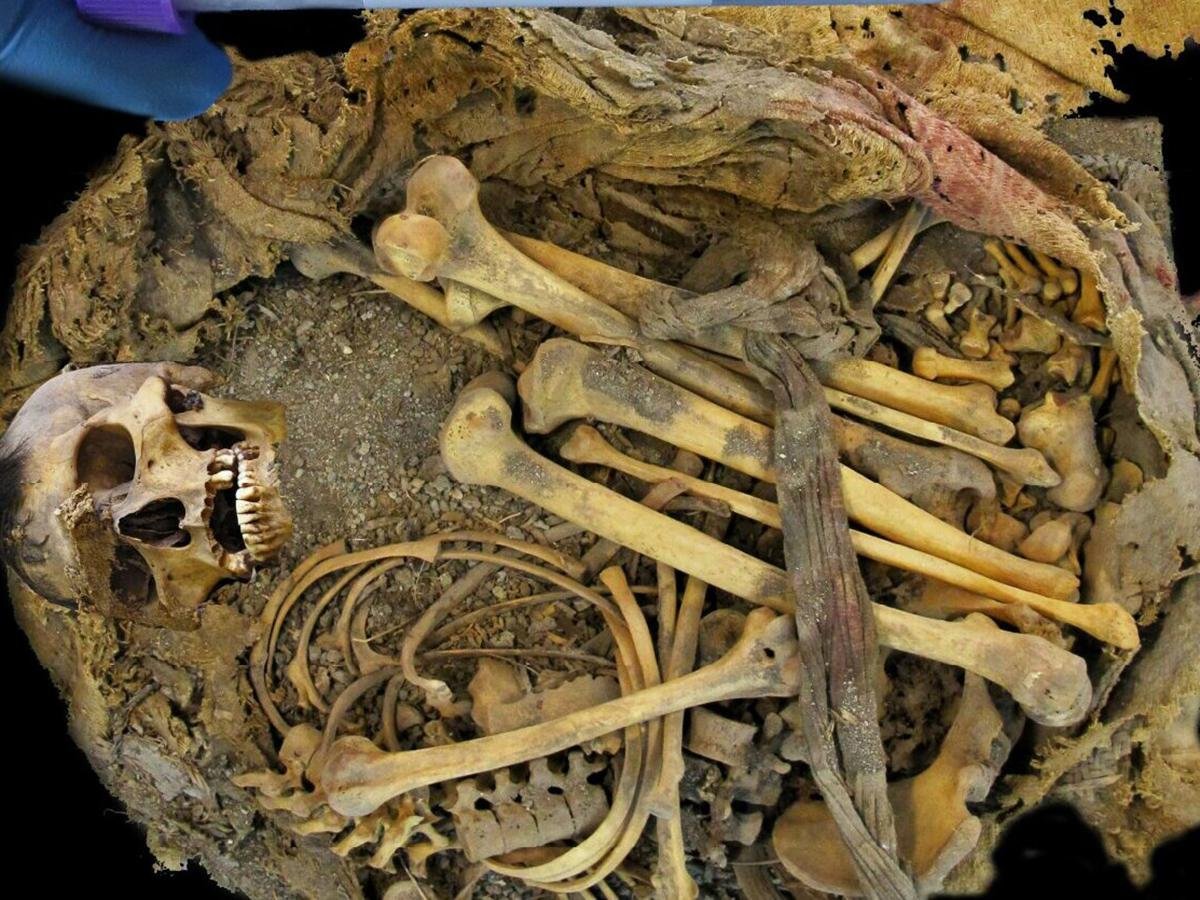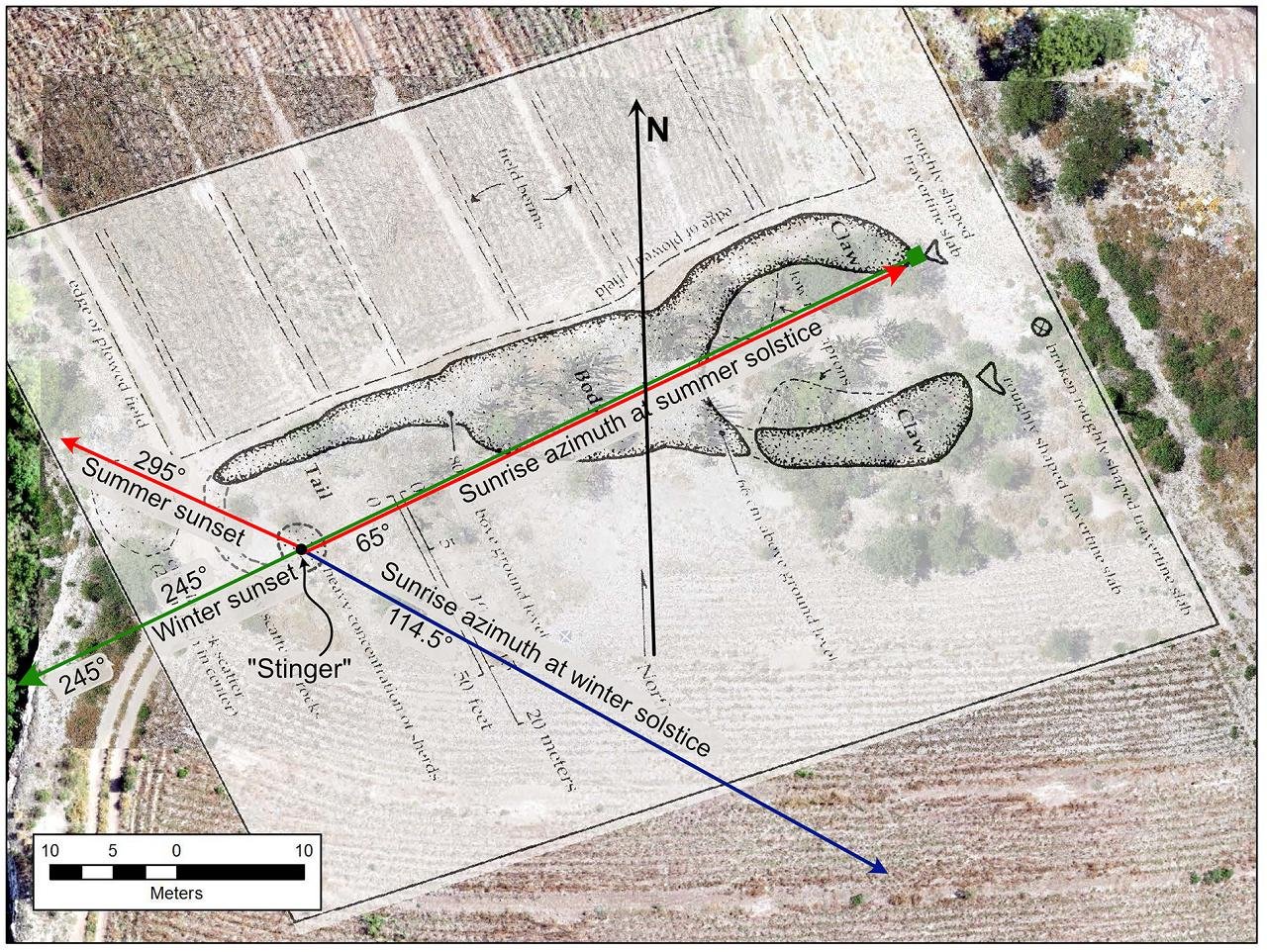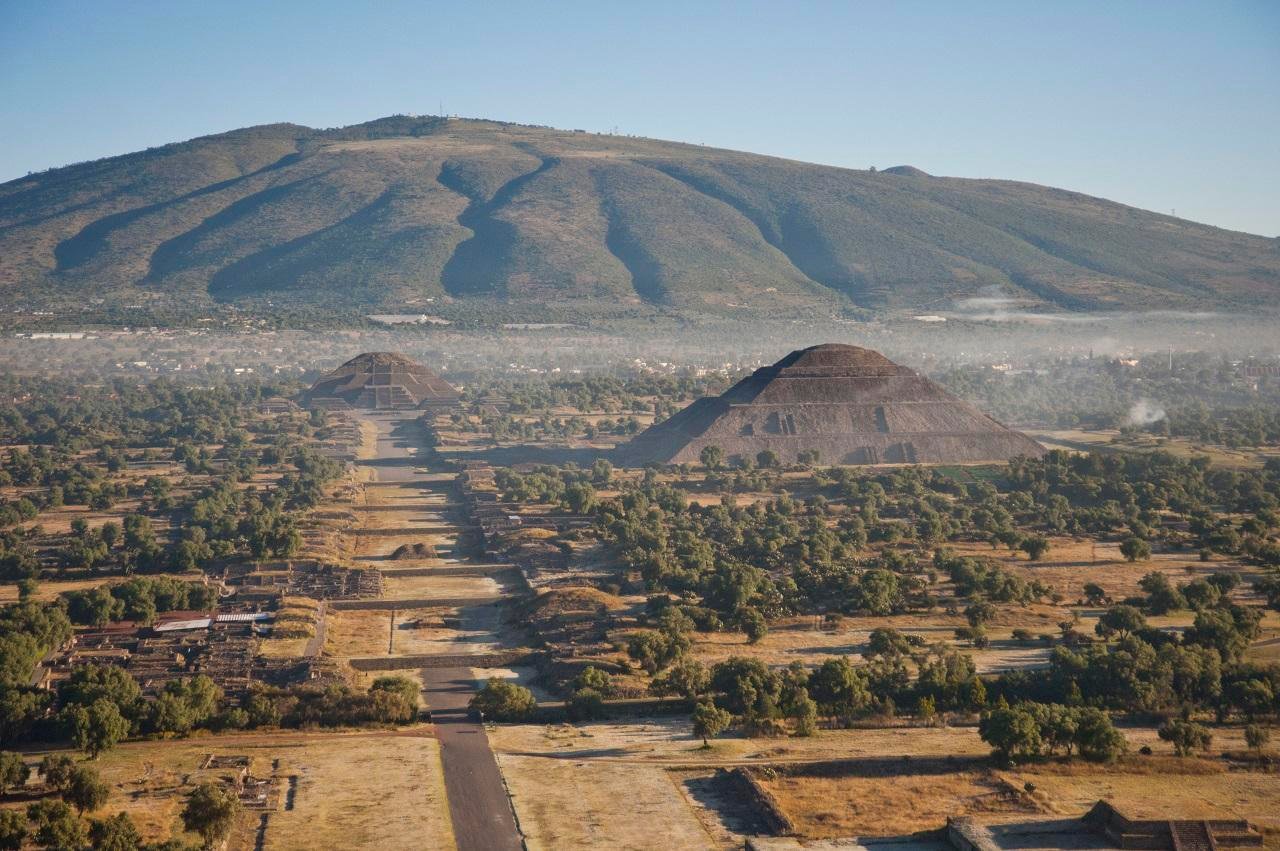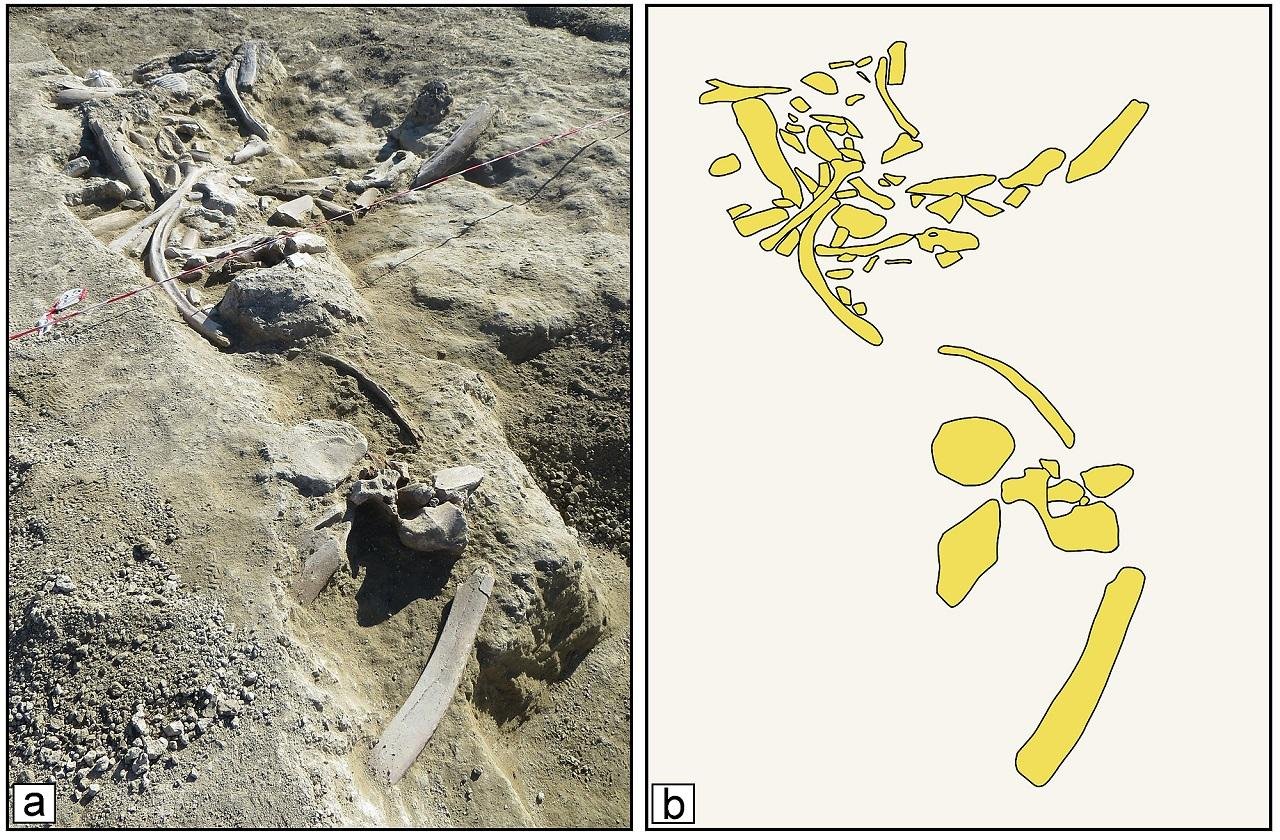A new study suggests that the Wari, a pre-Inca civilization that flourished in the central Andes between 600 and 1000 CE, may have used a hallucinogenic beer to unify their multicultural realm. The study, published in La Revista de Arqueología Americana, hypothesizes that Wari elites mixed a psychedelic substance called vilca—derived from the seeds of the Anadenanthera colubrina tree—into chicha, a beer prepared from the berries of the Schinus molle plant.
 A face-neck jar from Conchopata that may have been used to hold beer during Wari feasts (pH๏τo by José Ochatoma). Credit: Keer, J., & Jennings, J., Revista de Arqueología Americana (2025); CC BY-NC-SA 4.0
A face-neck jar from Conchopata that may have been used to hold beer during Wari feasts (pH๏τo by José Ochatoma). Credit: Keer, J., & Jennings, J., Revista de Arqueología Americana (2025); CC BY-NC-SA 4.0
The Wari, with their advanced cities, mummified burials, and metalwork, dominated large parts of present-day Peru and extended into regions of Argentina and Chile several centuries prior to the Incas. Archaeological discoveries suggest that beer played a major political and social role in Wari culture. Feasts featuring chicha were central to diplomacy, alliance formation, and the consolidation of power.
According to the study, the Wari may have enhanced such gatherings through the addition of vilca, a hallucinogen with short, powerful experiences and a lasting “afterglow.” Modern research on similar substances shows that this effect can increase empathy and openness—qualities that are beneficial in maintaining peace among newly integrated groups.
Communal feasts were typically held within enclosed courtyards in Wari compounds, where a few dozen people would eat, drink, and pray together for several hours. Scholars believe such intimate settings, along with the mild psychedelic effects, created powerful shared experiences that transformed rivals into allies. Such long-term feelings of connection may have served as a kind of social glue, easing tensions within the expanding empire.
 Flowers of the Anadenanthera colubrina. Wari elites mixed a psychedelic substance called vilca—derived from the seeds of the Anadenanthera colubrina tree—into chicha, a beer made from the berries of the Schinus molle plant. Credit: Zimbres; CC BY-SA 3.0
Flowers of the Anadenanthera colubrina. Wari elites mixed a psychedelic substance called vilca—derived from the seeds of the Anadenanthera colubrina tree—into chicha, a beer made from the berries of the Schinus molle plant. Credit: Zimbres; CC BY-SA 3.0
Evidence for the theory includes the discovery of vilca seeds alongside remains of beer production areas at Wari sites. While scholars are still unable to prove that the two were purposefully mixed together, the find is consistent with what is known about the use of psychoactive substances by ancient Andean societies for political and ritual purposes.
The authors noted that the long-term psychological effects of psychedelics have been overlooked in archaeology. Aside from their immediate intoxicating effects, these substances might have influenced social cohesion, diplomacy, and perhaps even governance. For the Wari, a few communal feasts each year might have had lasting impacts on behavior, contributing to the stabilization of an empire founded on both conquest and cooperation.
Though some researchers urge caution until direct evidence emerges, the study opens a new line of thought: ancient leaders may have used mind-altering rituals not merely for spiritual purposes but to sustain loyalty and harmony. The lingering afterglow of a shared psychedelic experience, the authors suggest, may have been one of the Wari’s most subtle tools of empire.
More information: Keer, J., & Jennings, J. (2025). Afterglow: Vilca beer, pro-social feelings, and Wari geopolitics in the ancient Andes. Revista de Arqueología Americana, (43). doi:10.35424/rearam.i43.6051
